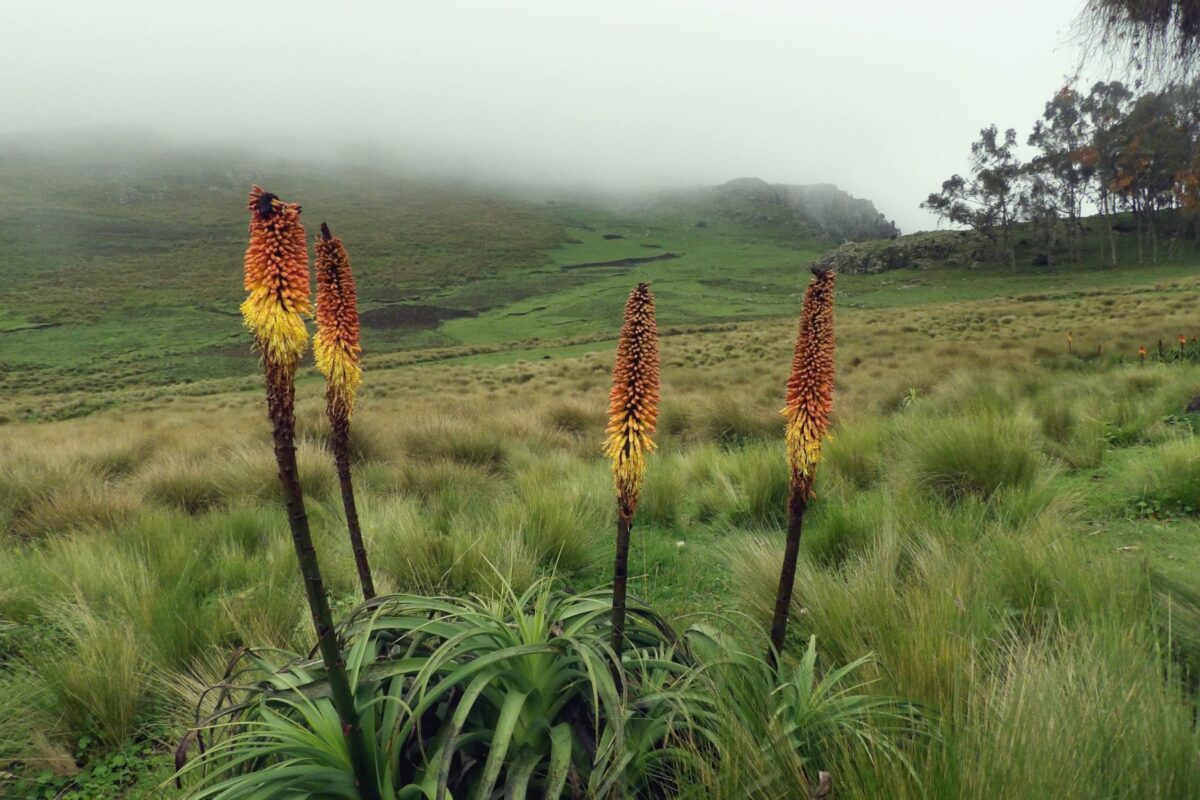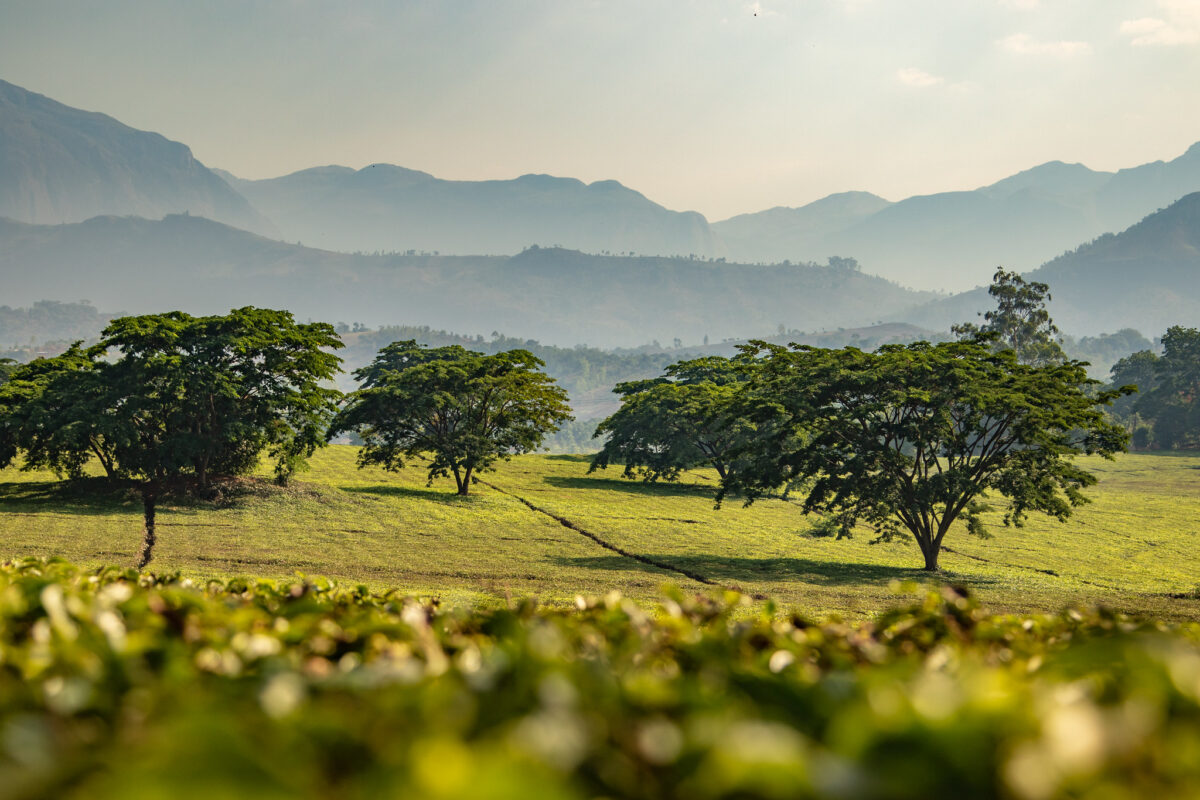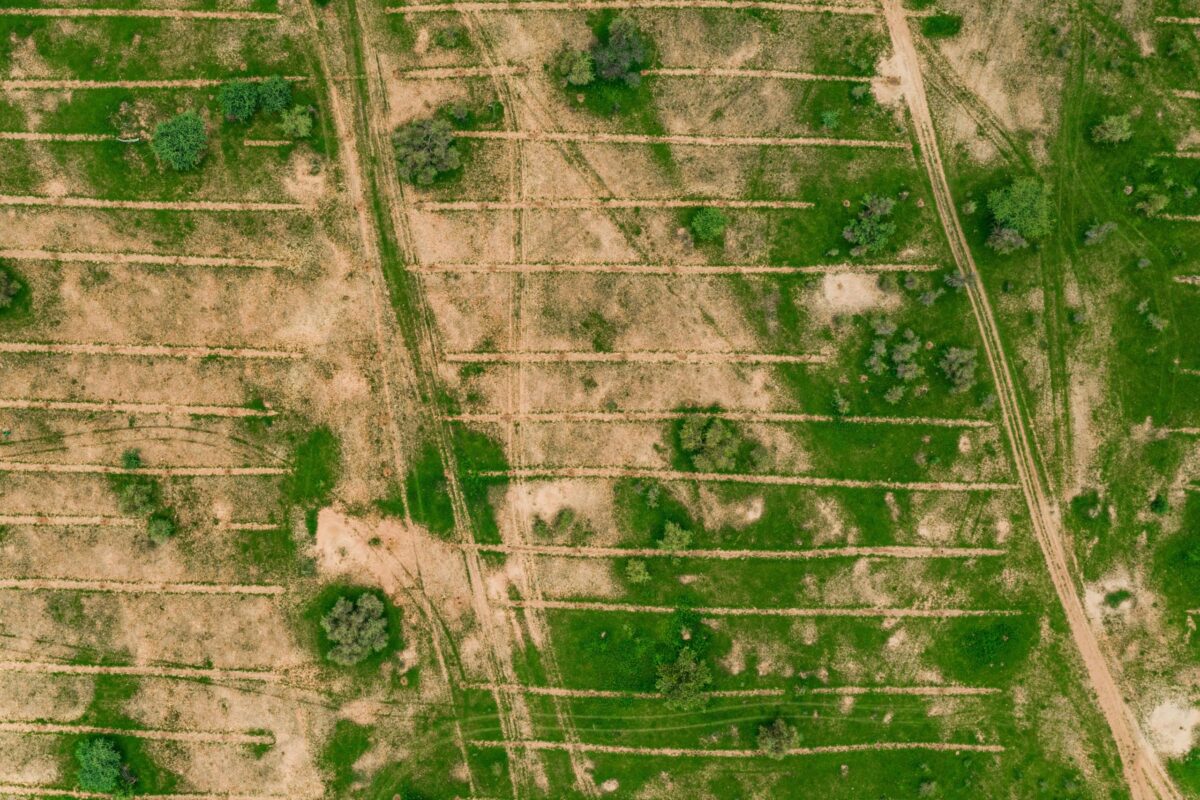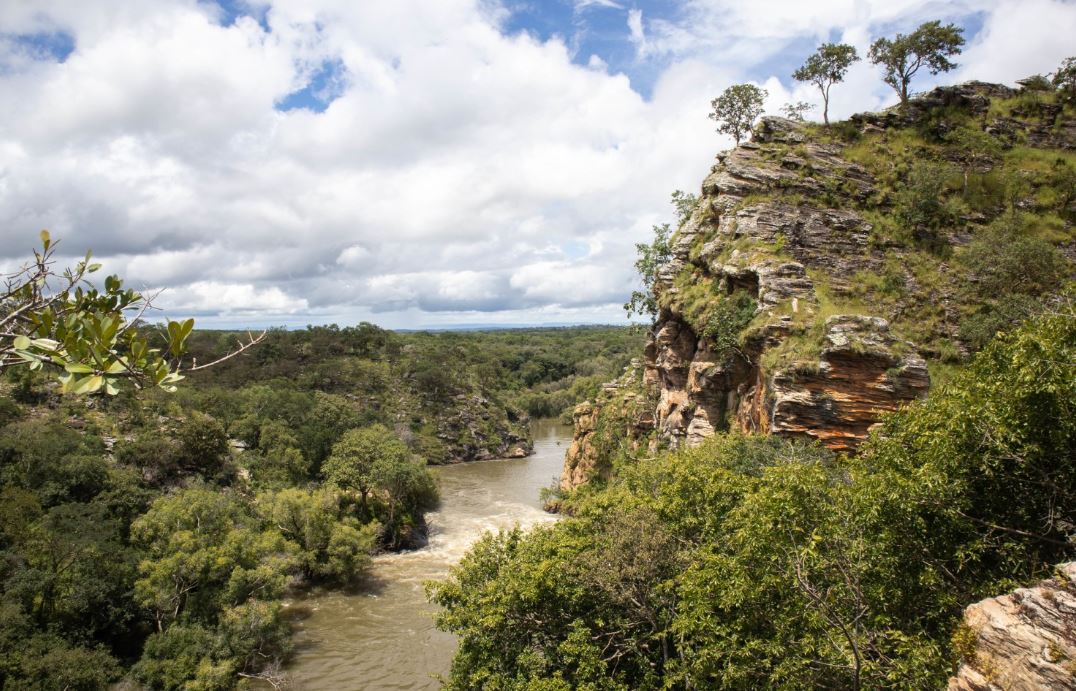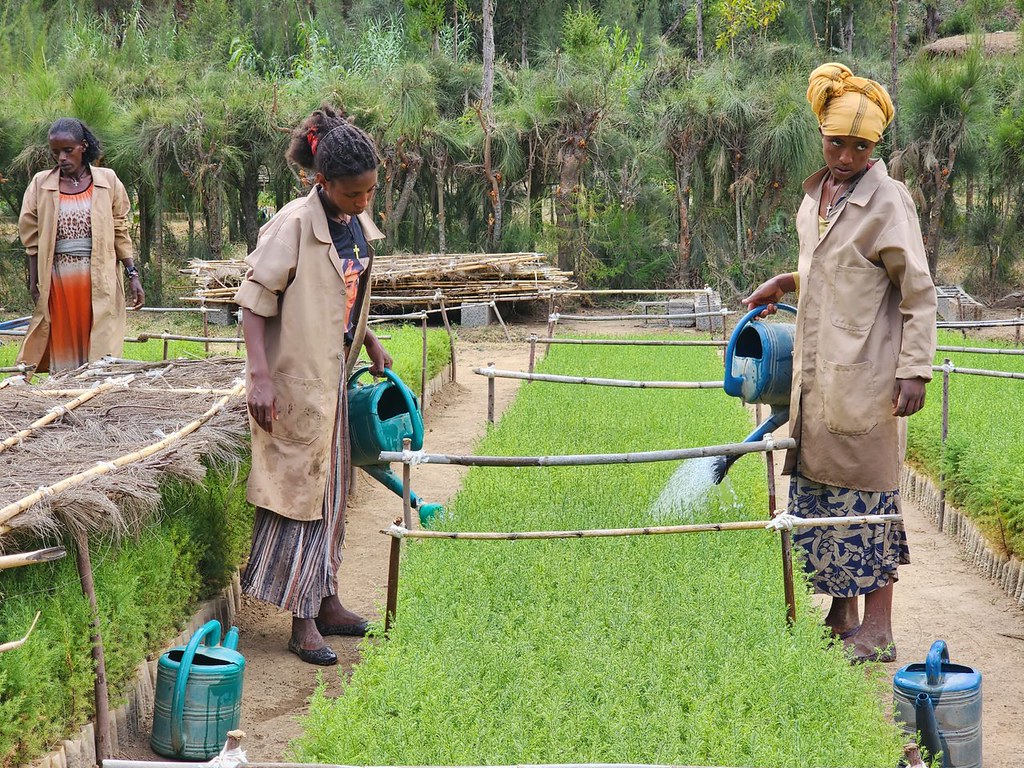The deforestation of old-growth forests is a huge problem for our climate. As trees are cut down, high levels of carbon dioxide are released into the atmosphere and we lose one of the most valuable tools for sequestering and storing carbon. However, all is not completely lost.
A recent paper published by Chazdon et al. entitled ‘Carbon sequestration potential of second-growth forest regeneration in the Latin American tropics’ shows that young, secondary-growth forests play an important role in climate change mitigation. The paper demonstrated that new trees can sequester substantial levels of CO2 from our atmosphere, strengthening the value of forest restoration as a means to combat climate change.
The team monitored the extent of second-growth forests (1 to 60 years old) and their carbon storage potential across 43 regions of Latin America. They found that, if the forests continue to grow over the next 40 years they have the potential to accumulate a total above ground carbon stock equivalent to the CO2 emissions from all fossil fuels throughout Latin America and the Caribbean from 1993 to 2014. Ten countries, led by Brazil, account for 95% of this carbon storage potential.
Chazdon’s paper supports the rich body of evidence that young forests have a valuable place in the fight against climate change.


